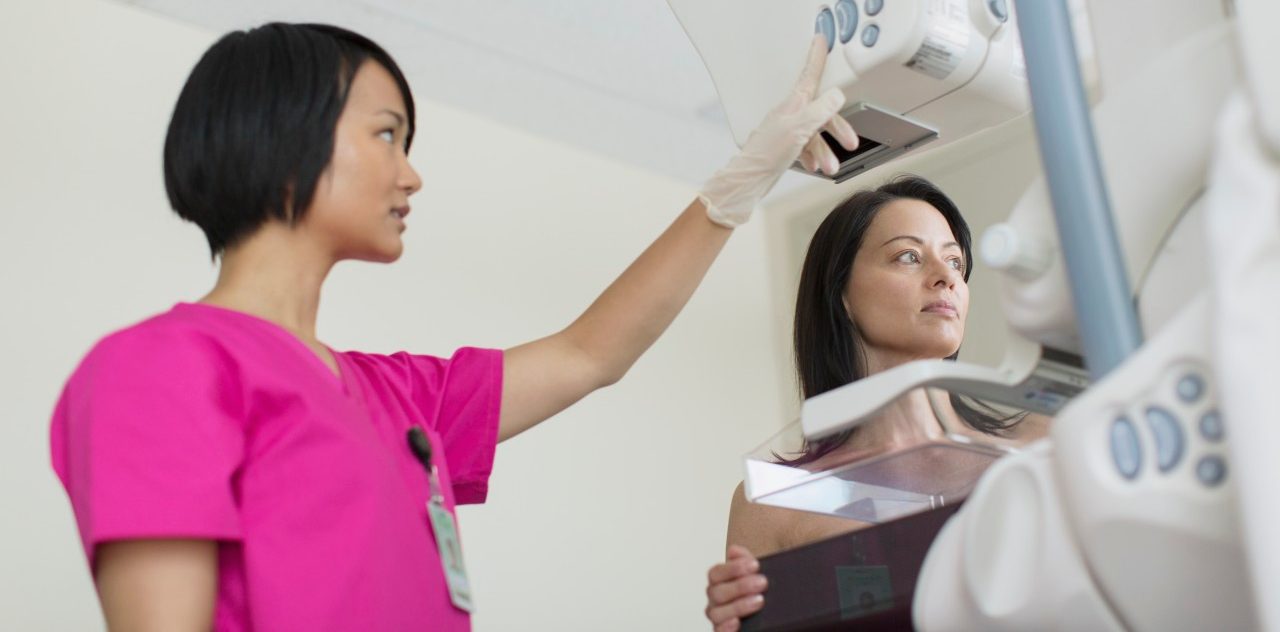Breast Implant Cancer Risk - Continued

The increasing evidence of a breast implant cancer risk
Breast implants come in different shapes and sizes and, since the l990s, they’ve been available in smooth or textured versions. Implants with a textured surface were designed to reduce the occurrence of hard and sometimes painful scar tissue forming around an implant — a surgical complication known as implant capsular contracture.
Unfortunately, the textured implants created an unexpected problem. For some women, they appear to trigger the form of the lymphatic cancer now known as BIA-ALCL. In fact, not a single case of BIA-ALCL was ever reported before textured implants were introduced for breast implantation almost 30 years ago.
The first case of the lymphatic cancer was documented in 1997 in a woman with textured implants. In 2011, after receiving multiple reports suggesting a breast implant cancer risk associated with textured implants, the Food and Drug Administration (FDA) issued a report on the potential link. The FDA said at the time there were so few cases of the rare lymphoma it was impossible to know for sure what was causing this cancer in some women with breast implants.
But as more information accumulated, the FDA and the World Health Organization (WHO) now agree textured breast implants are triggering BIA-ALCL in some women.
The breast implant cancer risk may not be so rare
So far, the FDA has received a total of 359 reports of BIA-ALCL, including nine deaths. Most of the women with the rare lymphatic cancer had textured breast implants, while only 28 had the smooth type. While these statistics suggest a low breast implant cancer risk for BIA-ALCL, the risk is clearly higher for women with textured implants compared with those having smooth implants, according to the FDA.
In all, BIA-ALCL is estimated to affect 1 in 30,000 women with breast implants each year. However, reports continue to come in of women diagnosed with the rare implant linked lymphoma. And researchers believe BIA-ALCL may not be as rare as previously thought.
A study by Penn State College of Medicine doctors, published in JAMA Surgery, suggests cases of the cancer linked to textured breast implants are underreported or misunderstood by doctors — and the incidence of the malignancy may be increasing.
What’s more, not all breast augmentation patients and their doctors may even be aware of the breast implant cancer risk associated with textured implants, according to the research team.
Updated:
February 27, 2020
Reviewed By:
Christopher Nystuen, MD, MBA